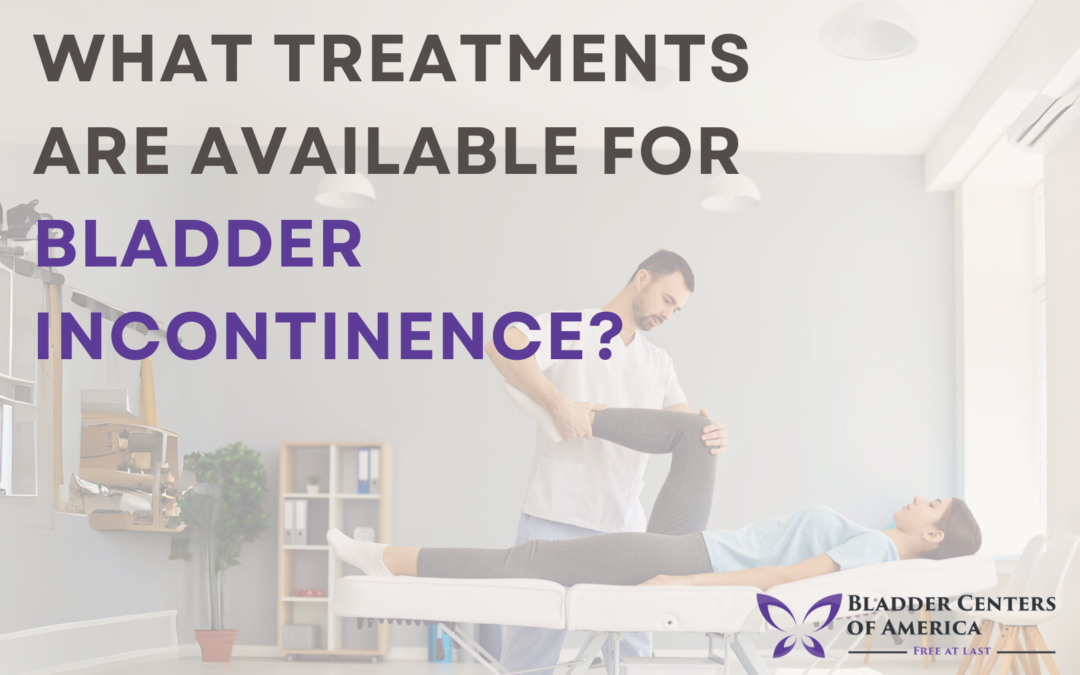People struggling with bladder incontinence can find relief through a variety of treatments. Medications, physical therapies, and lifestyle changes may all be recommended by medical professionals depending on the severity and type of incontinence experienced. Surgery is also an option for more severe cases when other treatments are not viable or effective.
Causes of Bladder Incontinence
Bladder incontinence is a common problem that can have a significant impact on your quality of life. It can be caused by a variety of factors, such as weakened pelvic floor muscles, nerve damage, pregnancy or childbirth, neurological conditions such as Parkinson’s disease, stroke or multiple sclerosis, surgery for prostate or bladder cancer, and constipation. Some medications can also contribute to bladder incontinence. It is important to talk to your doctor if you think you are experiencing any symptoms so that the underlying cause can be determined and managed appropriately.
Types of Bladder Incontinence Treatment
There are a variety of treatments available for bladder incontinence, such as medications, physical therapy, surgery, pelvic floor exercises, and lifestyle changes. Some treatments focus on strengthening the muscles that control urination and help to reduce episodes of incontinence. Medications can be used to reduce urine leakage or improve bladder muscle strength. Physical therapy techniques, which involve postural correction and retraining of the pelvic floor muscles, may be recommended for those with specific types of incontinence. Surgery may be required in some cases to repair damage to the sphincter or urinary tract. Lastly, lifestyle modifications such as reducing fluid intake before bedtime or avoiding irritating foods and beverages can help manage symptoms associated with bladder incontinence.
Physical Therapies for Bladder Control
Physical therapy is often a key part of treatment for bladder control. It can help people address underlying musculoskeletal issues, as well as teach them strategies that help them manage their symptoms. Physical therapy focuses on strengthening the pelvic floor and abdominal muscles, which are important for controlling leakage. Exercises can also be done to improve coordination and fine-tune movement. Therapists may also use manual techniques such as massage and stretching to relax spastic or tight muscles. Finally, relaxation and biofeedback techniques may be used to help with bladder control during times of increased stress or anxiety.
Medications That Can Help with Incontinence
Medications can be an important part of treating bladder incontinence. Many medications can help reduce or even stop the symptoms associated with bladder incontinence, such as frequency and urgency. Some medications help relax the bladder muscles, others help protect the lining of the bladder from irritating substances, and still, others block nerves or inhibit a chemical that sends signals to the brain about needing to urinate. Your healthcare provider will work with you to determine which medication is best for your specific needs.
Surgery as a Last Resort to Treat Bladder Incontinence
Surgery is often the last resort for treating bladder incontinence. A variety of treatments are available to address the issue, including lifestyle changes, medications, and even physical therapy. However, when these treatments fail to adequately improve the condition, surgery may be recommended as a more effective option. Surgery can involve inserting a device into the bladder or implanting a nerve stimulator to help regulate urinary control. While surgery can be beneficial and reduce symptoms associated with bladder incontinence, it is an invasive, irreversible procedure that should only be considered after other treatments have been exhausted.
Bladder incontinence is a common and treatable condition. There are many treatments available, ranging from lifestyle changes to medications and surgery. Many people can find relief through simple lifestyle changes like pelvic floor exercises, bladder retraining, and reducing fluid intake. Additionally, medications can help reduce bladder spasms or block the release of substances that cause leakage. Surgery may also be an option for some cases. No matter the type of treatment you choose, seeking professional medical guidance will ensure that you receive safe, effective care for your bladder incontinence symptoms.

